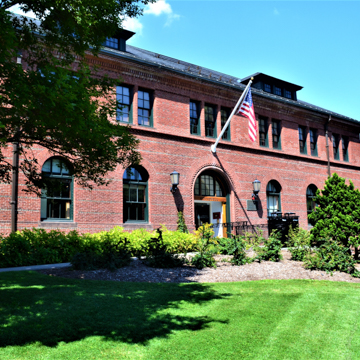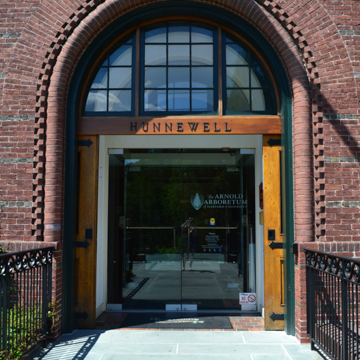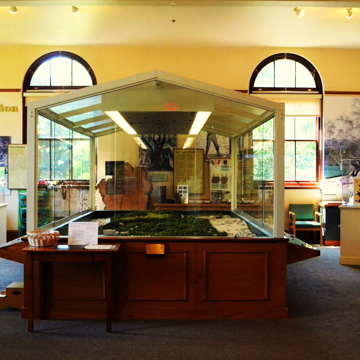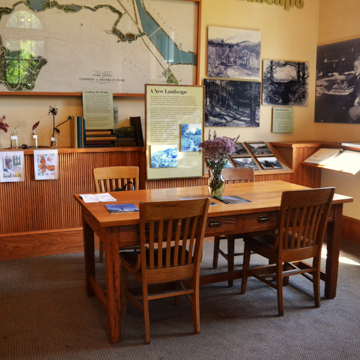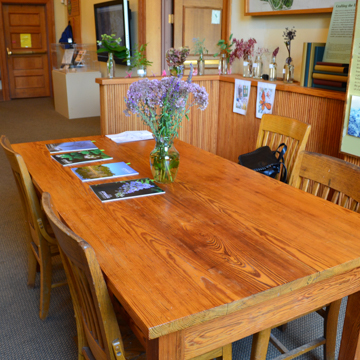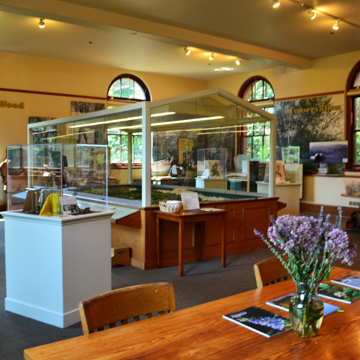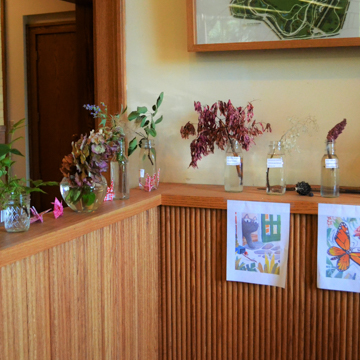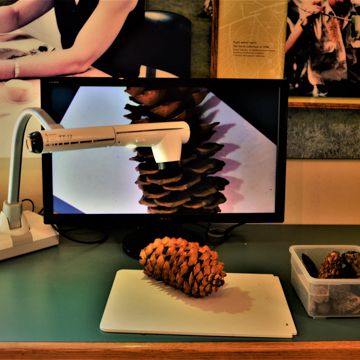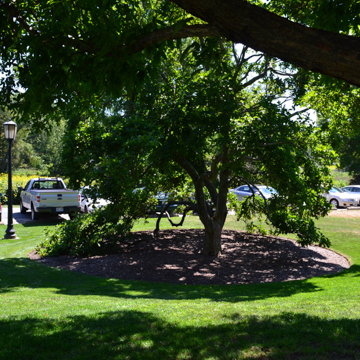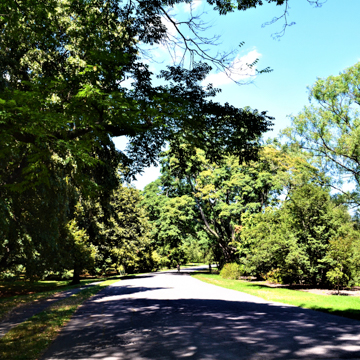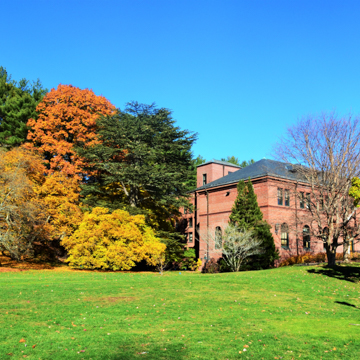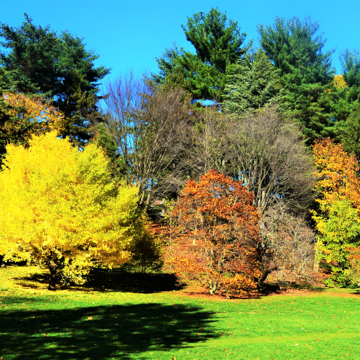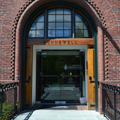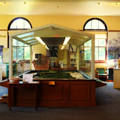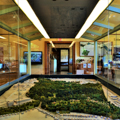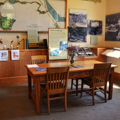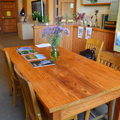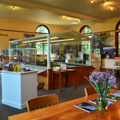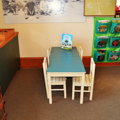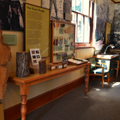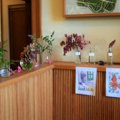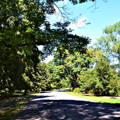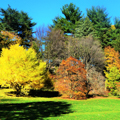Both a scientific collection and a public park, the Arnold Arboretum remains much as planned by its first director, Charles Sprague Sargent, and by Frederick Law Olmsted. Most of the land was given to Harvard in 1842 for an agricultural school, the Bussey Institute. In 1868, James Arnold, an amateur horticulturalist from New Bedford, left $100,000 in his will to be used by three trustees, as they felt best. Wanting to honor his interest in trees, the trustees contacted Harvard about creating an arboretum on the Bussey property. Sargent, whose family estate was located nearby in Brookline, was appointed the director of this new enterprise. In 1874, he approached Olmsted, who was initially unenthusiastic, to help with the design. Sargent convinced the City of Boston to buy the Bussey land from Harvard, add adjacent acreage, and then lease the property back to Harvard. The university got additional funding for the creation of the arboretum and the city got an important addition to the park system. Sargent supervised the laying out of the collection of trees and plants, while Olmsted designed the roads and walks. They created a design that combined science with art, setting out plant material in units by species but providing a visual experience derived from the character of the New England countryside. The dark-brick-with-sandstone-trimmed Hunnewell Building (1892, Alexander Wadsworth Longfellow, Jr.) near the Jamaicaway entrance provides spaces for the library, administrative office, and lectures to support the educational mission of the arboretum.
You are here
Arnold Arboretum
If SAH Archipedia has been useful to you, please consider supporting it.
SAH Archipedia tells the story of the United States through its buildings, landscapes, and cities. This freely available resource empowers the public with authoritative knowledge that deepens their understanding and appreciation of the built environment. But the Society of Architectural Historians, which created SAH Archipedia with University of Virginia Press, needs your support to maintain the high-caliber research, writing, photography, cartography, editing, design, and programming that make SAH Archipedia a trusted online resource available to all who value the history of place, heritage tourism, and learning.















